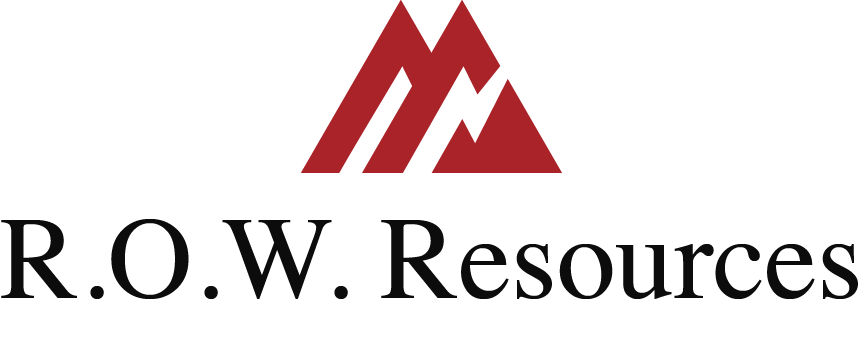Industrial Water Transfer Trends — What to Expect in 2025
Industrial water transfer trends are shifting in response to growing demands for efficiency, safety, and environmental responsibility. Industries such as oil & gas, construction, and municipal infrastructure are facing increased pressure to adopt more innovative and sustainable solutions. As 2025 approaches, understanding the key industrial water transfer trends can help companies stay competitive and compliant.
Key Industrial Water Transfer Trends to Watch
1. Smarter, Automated Pumping Systems
One of the most prominent industrial water transfer trends is the growing use of automated and remotely controlled pumps. These systems help reduce manual intervention, allowing for real-time monitoring, automatic adjustments, and increased efficiency.
2. Focus on Sustainability and Water Recycling
Environmental responsibility is driving industries to adopt closed-loop systems and integrate recycled water into operations. Industrial water transfer trends show a move toward sustainable practices that not only meet regulations but also cut costs.
3. Stricter Compliance and Reporting Standards
2025 will bring tighter regulatory frameworks around fluid handling and water transfers. Companies will need to invest in documentation, reporting tools, and continuous compliance checks to avoid penalties.
4. Growth in Demand for Skilled Labor
As industrial water transfer trends evolve, so does the need for highly trained personnel. Expertise in advanced pumping technology, fluid dynamics, and safety procedures will be crucial.
5. Emergency Readiness and Flexibility
The ability to respond to emergencies quickly — from natural disasters to sudden equipment failures — is becoming a critical aspect of industrial water transfer trends. Flexible infrastructure and mobile pumping solutions will be increasingly in demand.
How R.O.W. Resources is Leading in Industrial Water Transfer Trends
At R.O.W. Resources, we are actively embracing and shaping these industrial water transfer trends. Our team:
✔ Utilizes cutting-edge pump technology and remote monitoring systems
✔ Prioritizes sustainability and environmental best practices
✔ Employs certified professionals with advanced training
✔ Offers flexible, rapid-deployment solutions for emergency water transfer
✔ Maintains full regulatory compliance and documentation
The Bottom Line
Industrial water transfer trends in 2025 will challenge companies to adapt, innovate, and lead. Businesses that stay ahead of these trends will gain operational efficiency, reduce costs, and enhance their reputation.
Looking for an industrial partner prepared for the future? Learn more about our water transfer solutions here.
#IndustrialWaterTransferTrends #ROWResources #FluidHandling #Innovation #Sustainability #Compliance #SkilledLabor #FutureReady

